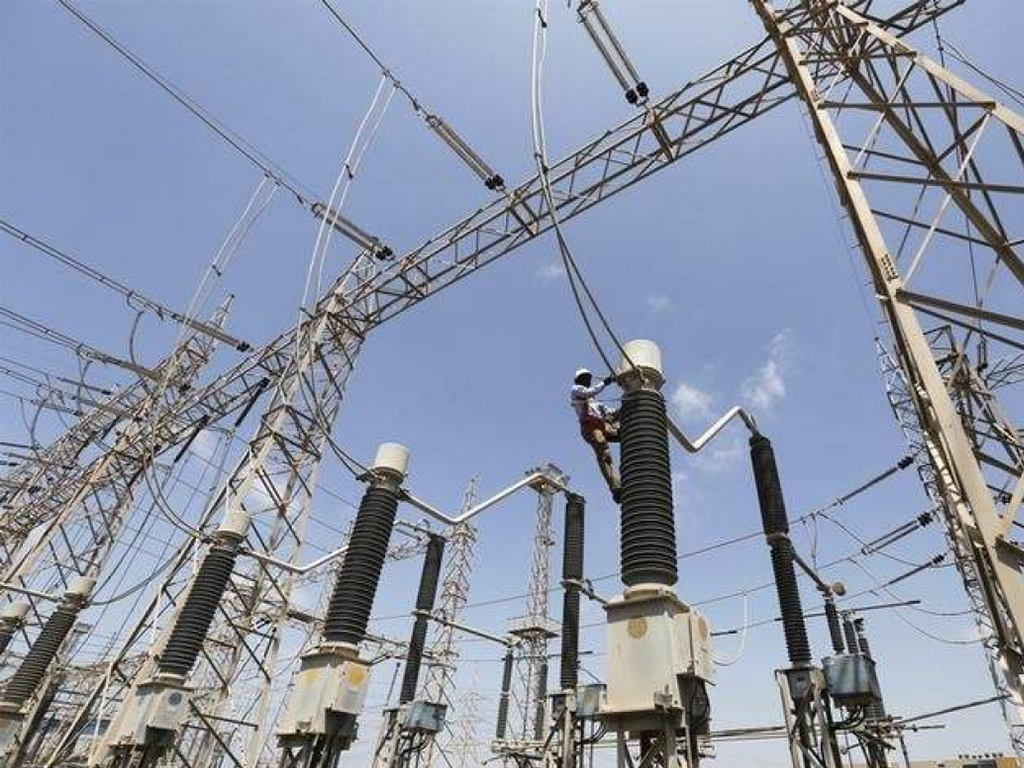Power sector report – beyond IPPs

In the heat of media bashing on IPPs, the gist of the power sector report is lost. The report has started a debate and let’s hope this culminates on negotiation and rethinking. The report has spelled out comprehensive reforms. The key objective is to reduce the cost of electricity in Pakistan. For that to happen efforts and engagement of all stakeholders are required – both in public and private domain. The idea is to identify the anomalies, sit down on table and resolve them once for all.
The mother of all problems is the circular debt. Policy mistakes and procedural lapses have led to accumulation of Rs1.9 trillion of circular debt. There are recommendations on how to stop the flow and eliminate the stock. There are measures recommended to reduce capacity payment. Rationalization of gas prices are required to incentivize industry (on captive power plants) to purchase power from gird.
The government’s owned inefficient GENCOs are to be retired. Net Hydel Profits formula is covered to resolve long overdue. The transmission constraints and utilizing excess capacity in north by Karachi Electric in South (through novating) are also discussed. These can reduce country’s annual capacity payments by Rs150-200 billion.
The second leg of the problem is huge losses in the distribution system. Absence of reforms in distribution companies and lack of successive governments’ desire to dos resulted in 18 percent line losses and 9 percent recovery losses. This is bleeding Rs350 billion per year. The report has rightly pointed out to breakdown distribution companies into smaller units. There are two options. One is to sell them through public private partnership. Other is separate their wire and commercial businesses. This would have long lasting benefits. This will facilitate those with relatively smaller financial muscle but having technical expertise to buy.
Breaking them will allow widespread ownership of distribution companies. This will create much needed competition which is good for the consumers. The most important recommendation is to move away from the single buyer model. Virtually all the stakeholders in the energy sector agree that having single buyer market is the biggest problem.
All these measures are required to foster competition by removing policy and procedural flaws, and by involving private sector. The role of government in commercial aspect of the power business has to be minimized. Without these steps, the cost of power cannot be reduced and setting up new industries and to compete in the global export market will remain an elusive dream.
The report covers the entire system and not just a specific sector. Thus, the reaction from IPPs and even by regulator is unwarranted. There are many loose ends and stakeholders across the board are responsible for the faults. The best way is to sit down and realize the mistakes of the past and work towards shaping up a better future.
This is the need of the hour. The future of our next generation relies heavily on having efficient energy system. The stakeholders have to think and act beyond semantics. The criticism has to go beyond the mantra that the report is not being shared with them. How can the report to be shared with companies and regulators who are responsible for those mistakes in the first place?
The stakeholders are well aware that the power sector in the current state is unsustainable. It is in everyone’s interest to move forward in building a progressive Pakistan. How about putting all energies on a common objective to have affordable and accessible energy for all.























Comments
Comments are closed.